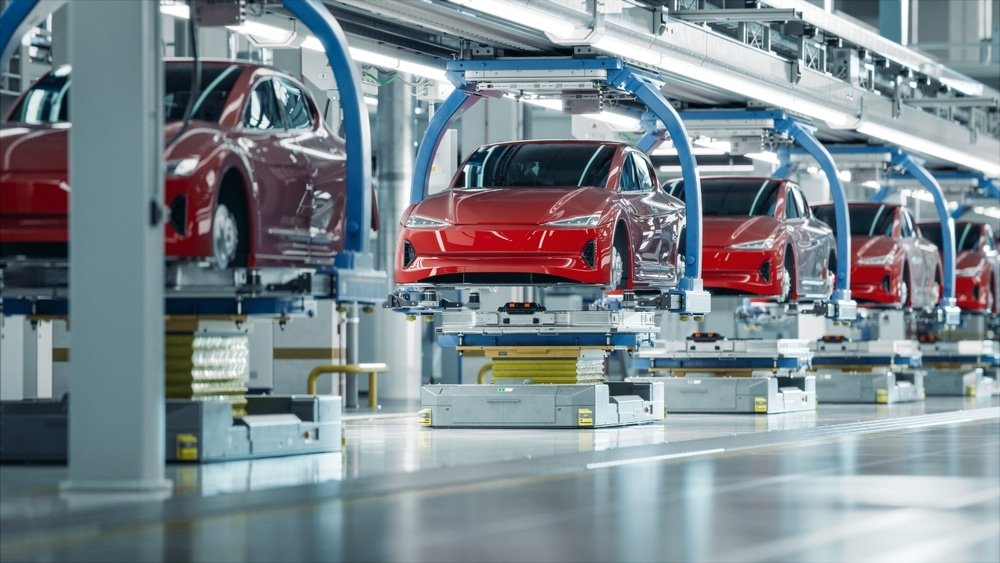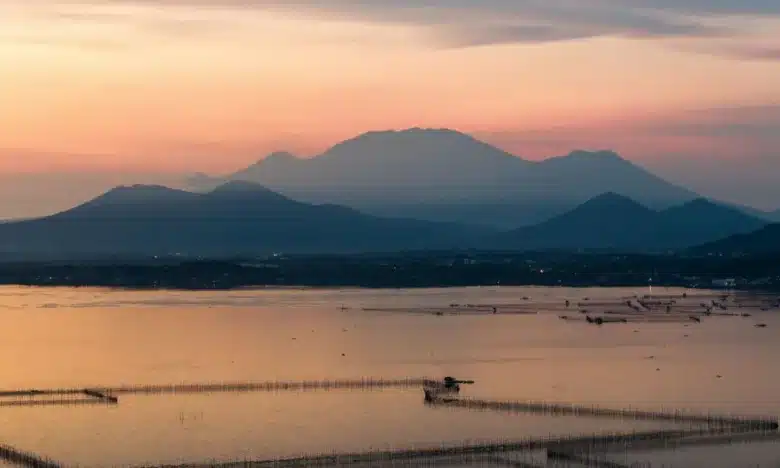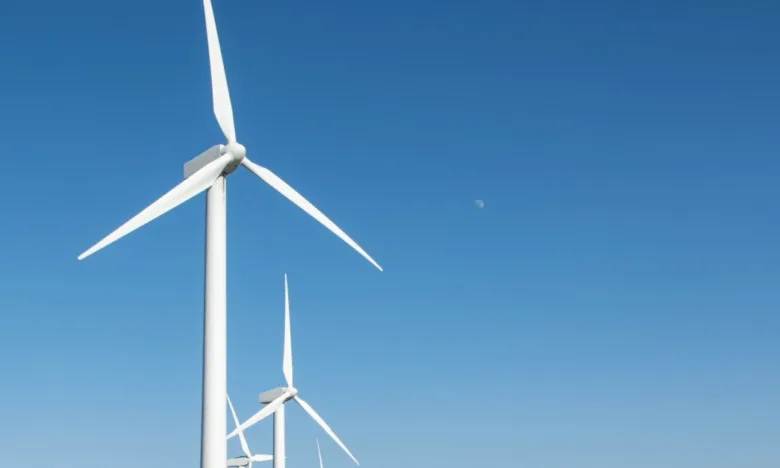
EVs May Not Be as Sustainable as We Think
- October 4, 2024
As the world grinds its gears towards a renewable energy transition, transportation has transformed into favoring electric vehicles (EVs) as a resource in reducing carbon emissions.
No solution is perfect, though, and under the hood of a seemingly smooth ride into green energy lies a sinister component that may spell disaster – lithium batteries, the production of which leaves a long trail of environmental issues spanning from mining to disposal.
The mining of raw materials lithium, cobalt, copper, and nickel leaves much socioeconomic and environmental destruction, displacing indigenous peoples and exploiting land and workers in the developing countries where they are sourced.
The burgeoning EV market center of India is willing to amend its mining policies, allowing private entities to mine in its precious forest reserves for the sake of independence in supplying its own metals for its green energy transition.
Commercial mining in conserved areas is known to displace ecosystems and local livelihoods.
“In the past, the Indian Supreme Court has ruled that natural resources belong to the citizens of the country, [but now] the natural resources are no longer for the welfare of the people,” Rebbapragada Ravi, chair of Mines, Minerals & PEOPLE , an alliance of environmental advocates in India, told SciDev.Net.
New policies in the interest of EVs risk upending the environmental and sociocultural preservation efforts of the country.
Across the pond, the Indonesia based think tank PRAKARSA concluded in a study that despite high investments in nickel mining regions, there is little to no benefit for the local populations that live near the mines.
Ricko Nurmansyah, one of the authors, says that the capital investment is not efficiently being converted to production.
A common metric to access efficiency of production gains from capital investment called the Incremental Capital Output Ratio (ICOR) records 10.6% for Southeast Sulawesi in 2021, massively exceeding its ideal 3% o4 lower fo4 developing countries, Nurmansyah cites.
This suggests “[fund] leakage in the form of budget inefficiencies or corruption in mining areas and mining licensing [in Indonesia],” he told SciDev.Net.
He also refereed to field research conducted by Kiara, the People’s Coalition for Fisheries Justice, to point out that nickel mining projects in the Wanonii islands have destroyed water springs, the population’s drinking water source.
He reports that South Konawe has experienced polluted local sea waters due to mining, with fisherfolk calling for a halt in commercial mining to restore their livelihoods.
A similar water source contamination was experienced by North Konawe due to the extractive activity. The fishing work of locals was disrupted because some coastal reefs are now covered with mud from nickel or mining.
The Philippines has also weathered environmental destruction due to global increased demand for nickel.
Locals are calling for a cease and desist of nickel mining in Eastern Samar’s Homonhon Island. This site is historically significant to the country, being where explorer Ferdinand Magellan first landed in the country in 1521.
Majority of the Homonhon islanders are farmers and fishers. They have reported the destruction of their calamansi and root crop plantations from nickel mining, as cited by Fara Diva Gamalo of the Philippine Movement for Climate Justice Eastern Visayas Chapter.
Not only did the destruction of forest areas, farmlands and bodies of water compromise the locals livelihood, “but are also creating division among the communities, as some were being influenced by mining companies in their bid to secure paper (to operate) for mining activities,” Gamalo told SciDev.Net.
The Presidential Proclamation 469 of 1994 declared the coastal waters of Guiuan as protected. In 2006, the Provincial Board of Eastern Samar passed an ordinance against large-scale mining, and in 2012, Homonhon Island’s ecosystems were exempted from large-scale mining by Executive Order No. 79.
Nevertheless, mining in the area persisted, according to Gamalo. In April 2024, the Environmental Management Bureau allowed a mining company to start public scoping, a prerequisite to secure mining clearance, despite legal prohibitions and without the required education and information campaign for the local communities three months prior. This was met with protests from the Homonhon residents.
Meanwhile, in Romblon, the Altai Philippines Mining Corporation (APMC) in Sibuyan has stepped out of bounds into protected areas for their mining project. According to Jon Bonifacio of the community-NGO Kalikasan People’s Network for the Environment, the mining area is highly prone to landslides, and is throwing the delicate biodiversity of the area out of balance.
Sibuyan is considered the ‘Galapagos of Asia’ due to its dense forests and various threatened unique flora and fauna, among them an endemic pitcher plant, the long tailed-macaque, and golden mantled-flying fox, one of the world’s smallest fruit bats, which is close to extinction.
In February 2023, residents of Sibuyan filed for a court order to stop the extraction activities of APMC. The Philippine High Court issued a cease and desist order to stop mining activity four months later.
Bonifacio told SciDev.Net that “while we support the transition to renewable energy and understand the necessity of lithium-ion batteries, the effort should not result in environmental destruction, as it undermines the very aim of clean energy.”
Around 90% of the global lithium supply comes from Australia, Chile, and China. Australia produces over half of this through hard-rock mining, while Chile sources their supply from brine extracts. China only contributes around 8%, but is a major buyer of the global refining capacity and controls more than half of the world’s supply.
The Philippines is a major producer of cobalt and nickel, making it a hotspot for the exploitation currently necessary to produce EVs.
Source: Bumpy road ahead as battery fears hit global EV rollout



